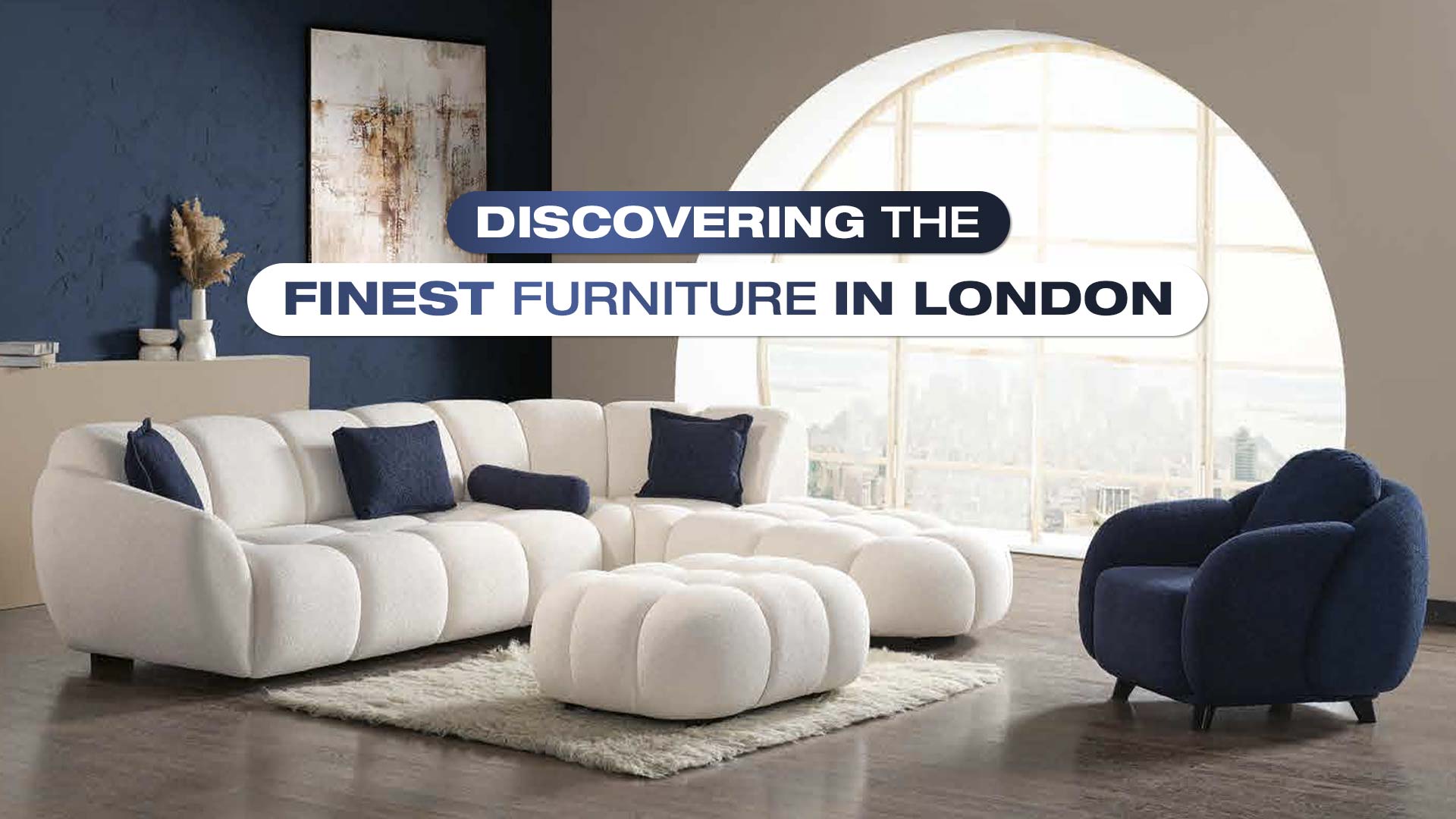London, a city renowned for its rich history, cultural diversity, and architectural marvels, is also a haven for exquisite furniture. Whether you’re furnishing a new home, redecorating an existing space, or simply looking to add a unique piece to your collection, London offers an unparalleled variety of furniture options. In this comprehensive guide, we will explore the best places to find furniture in London, delve into current trends, and provide tips on making the most of your furniture shopping experience in this vibrant city.
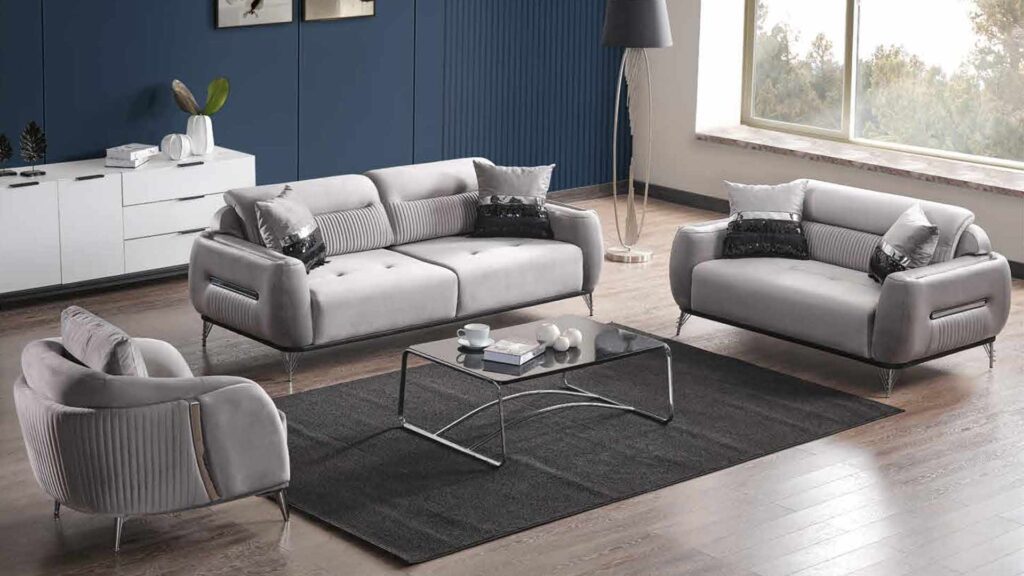
1. Historical Significance and Modern Elegance
London’s furniture scene is a blend of historical significance and modern elegance. The city’s rich history is reflected in the classic, antique pieces available in its numerous antique shops and markets. Simultaneously, contemporary furniture stores offer sleek, modern designs that cater to today’s minimalist tastes. This unique combination ensures that you can find furniture that not only meets your practical needs but also aligns with your aesthetic preferences.
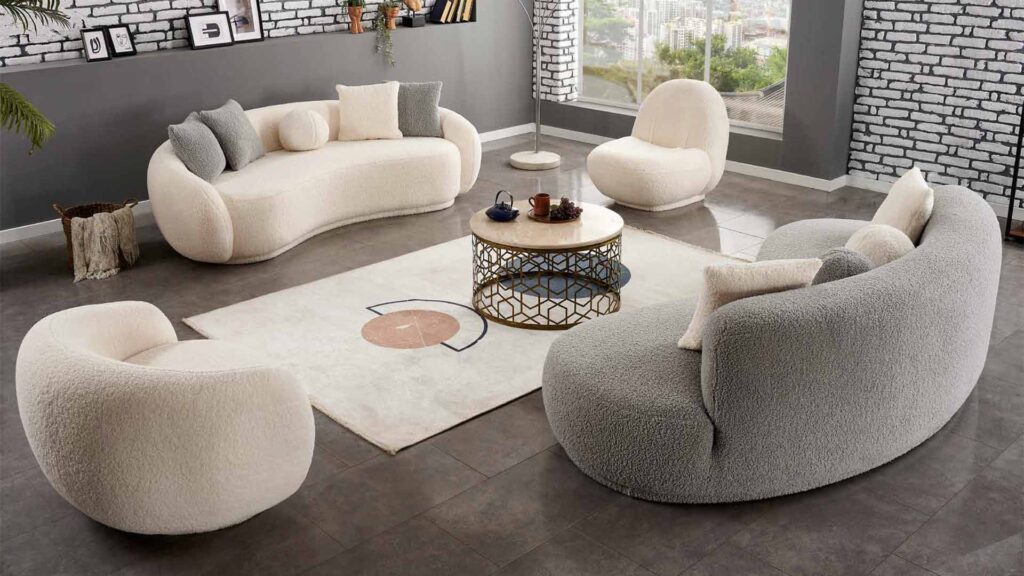
2. Top Furniture Districts in London
a. Chelsea Design Quarter The Chelsea Design Quarter is a hub for high-end furniture and interior design. Located along the King’s Road, this area is home to numerous showrooms and boutiques showcasing luxury furniture, lighting, and home accessories. Stores like Oda Life offer bespoke pieces that are sure to elevate any space.
b. Shoreditch Shoreditch is known for its vibrant arts scene and is a hotspot for contemporary and industrial-style furniture. Here, you will find a mix of independent boutiques and larger retailers offering innovative designs. Boxpark Shoreditch, an iconic pop-up mall, is a must-visit for unique, cutting-edge furniture pieces.
c. Pimlico Road Pimlico Road, part of the larger Belgravia area, is synonymous with timeless elegance. This area features a selection of antique dealers and contemporary furniture shops. Prominent stores like Oda Life offer handcrafted furniture that combines traditional craftsmanship with modern design sensibilities.

3. Furniture in London: Exploring Furniture Styles
a. Classic and Antique Furniture For those who appreciate the charm of bygone eras, London’s antique furniture stores and markets are treasure troves. Portobello Road Market and Alfies Antique Market are excellent places to find unique, vintage pieces. These markets offer everything from Victorian and Georgian furniture to Art Deco and mid-century modern designs.
b. Contemporary and Modern Furniture Modern furniture stores in London are at the forefront of design innovation. Stores like Oda Life feature a wide range of contemporary furniture that is both stylish and functional. These stores often collaborate with renowned designers, ensuring that their collections are always fresh and on-trend.
c. Bespoke and Custom-Made Furniture For those seeking one-of-a-kind pieces, London offers numerous bespoke furniture makers. Workshops like Oda Life specialise in custom-made furniture that reflects the client’s individual style and needs. These artisans use sustainable materials and traditional techniques to create furniture that is both unique and environmentally friendly.

4. Furniture Trends in London
a. Sustainability Sustainable furniture is a growing trend in London, reflecting a broader societal shift towards eco-conscious living. Many furniture stores now offer pieces made from reclaimed wood, recycled materials, and ethically sourced components. Brands like Oda Life are leading the way in sustainable design, offering beautiful furniture that doesn’t compromise on environmental principles.
b. Multifunctional Furniture With urban living spaces becoming increasingly compact, multifunctional furniture is gaining popularity. Items like sofa beds, extendable dining tables, and modular storage units are highly sought after for their practicality and versatility. Stores such as Oda Life offer a wide range of multifunctional furniture designed to maximise space without sacrificing style.
c. Minimalism Minimalism continues to be a dominant trend in London’s furniture scene. Clean lines, neutral colours, and uncluttered spaces are the hallmarks of this style. Brands like Oda Life are well-known for their minimalist designs that create a sense of calm and order in the home.
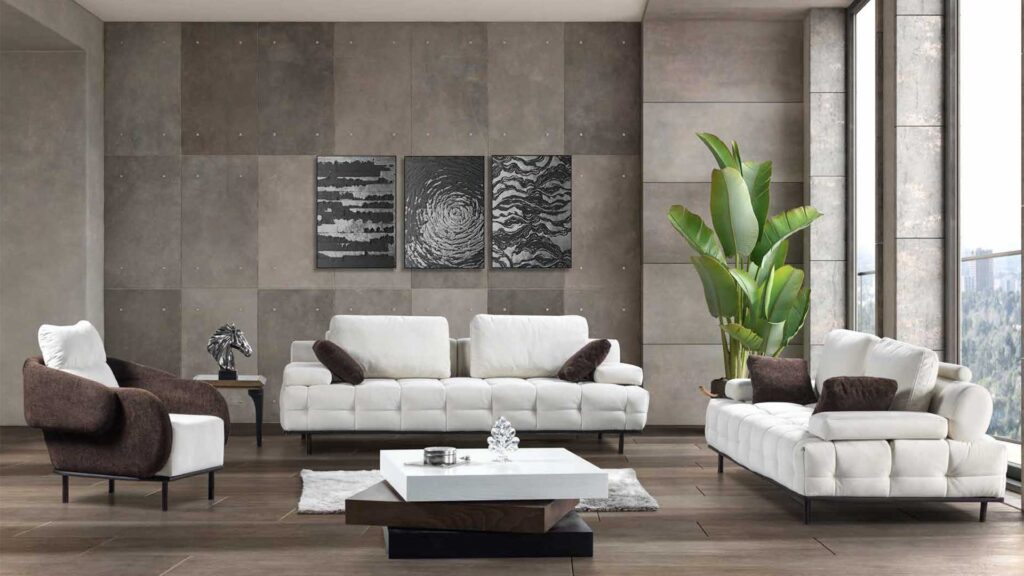
5. Tips for Furniture Shopping in London
a. Set a Budget Before embarking on your furniture shopping journey, it’s important to set a budget. London offers furniture at various price points, so having a clear idea of how much you’re willing to spend will help narrow down your options and prevent impulse purchases.
b. Measure Your Space Accurate measurements are crucial when buying furniture. Ensure you know the dimensions of the space where the furniture will be placed. This will help you avoid buying pieces that are too large or too small for your home.
c. Consider Delivery Options When purchasing furniture, especially large items, consider the store’s delivery options. Some stores offer free delivery within London, while others may charge a fee. It’s also worth checking if the store provides assembly services.
d. Visit Showrooms While online shopping is convenient, visiting showrooms allows you to see and feel the furniture before making a purchase. This can be particularly helpful when assessing the quality and comfort of items like sofas and chairs.
e. Look for Sales and Discounts Furniture stores in London often have sales and discounts, particularly during major holidays and end-of-season sales. Keep an eye out for these opportunities to snag high-quality furniture at a lower price.
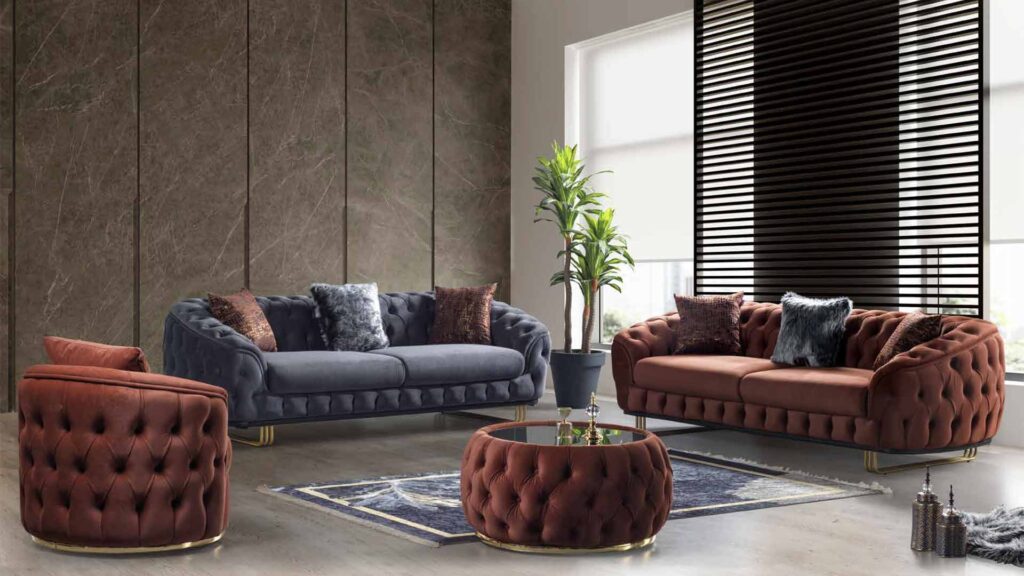
6. Furniture Care and Maintenance
a. Regular Cleaning Regular cleaning is essential to maintain the appearance and longevity of your furniture. Use appropriate cleaning products for different materials – wood, fabric, leather, and metal all require specific care.
b. Protect from Sunlight Direct sunlight can cause fading and damage to furniture. Place your furniture away from windows or use blinds and curtains to protect it from the sun’s harmful rays.
c. Use Coasters and Mats Using coasters and mats can prevent scratches and stains on your furniture. This is especially important for wooden tables and countertops.

